First week of August, it's 1:45 p.m., and the line of cars extends for more than 200 meters outside the access point to Balandra Beach, in La Paz, Baja California Sur. Some wait outside vehicles with an umbrella to tolerate the temperature of more than 30 degrees Celsius.
“We've been trained here for like two hours; we came here once and they didn't let us in, so we'd better be prepared,” said Raúl, a resident of the town of Todos Santos, 80 kilometers from La Paz. He takes his family, who are traveling from Guadalajara, to visit 'the most beautiful beach in Mexico'.
Balandra, designated as a Flora and Fauna Protection Area (APFF), could only be accessed in two shifts of three hours each, with a maximum capacity of 800 tourists per day.
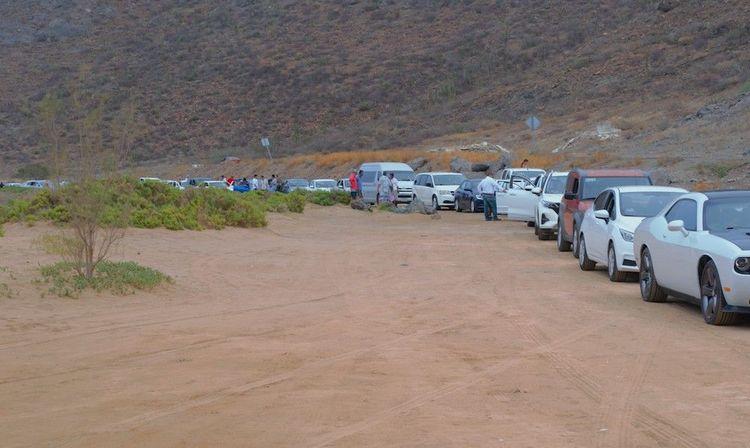 Photo: Alejandro Castro
Photo: Alejandro Castro
This access restriction, since it was implemented, has caused the irritability of tourists, who travel from other states of the republic or abroad to discover this oasis of turquoise waters between the desert and the Gulf of California.
“It's a measure to protect the site from the impacts of excessive tourism,” said Dilia Meza Castro, in charge of the management of the APFF Reserve, during a tour with civil society organizations to implement management improvements.
Balandra covers a total of 2,512 hectares, between marine and terrestrial surfaces.
Taking care of every corner, with an influx of more than 400,000 annual visitors, few staff and a scant budget, has become an odyssey for the local office of the National Commission for Protected Natural Areas (Conanp) and the civil society organizations that work in the area.
For 2022, this Protected Natural Area (ANP) had a budgetary allocation of 108,000 pesos in operating expenditure, which includes the payment of offices, maintenance of water and land vehicles, gasoline for surveillance, among other needs, that is, 295 pesos available per day.
The management of the Reserve uses civil society organizations and private initiative to cover expenses.
For surveillance tasks, there are six people, so that it is only possible to cover one work shift and monitor only a few points that are considered critical.
The low operational capacity does not allow more tourists to enter, Meza Castro said. Tourists, on the other hand, complain about the 'rudimentary' forms, since they claim that there is not even a social media page that gives notice when the quota is up to its limit.
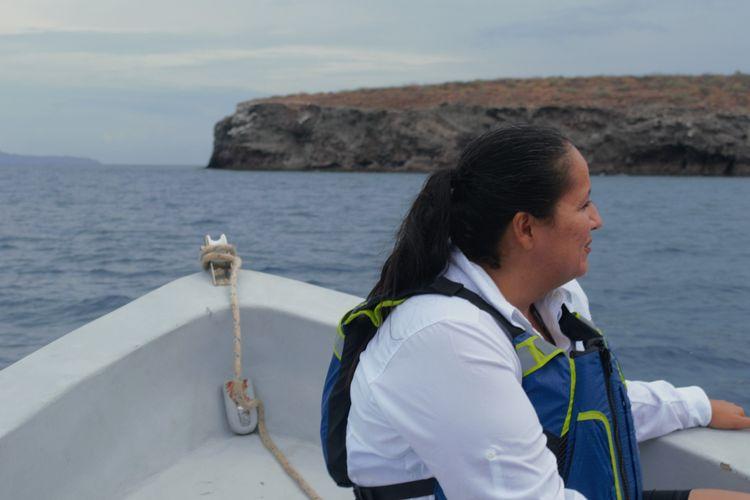
Director Dilia Meza Castro. Photo: Alejandro Castro
With the support of the municipal police of La Paz and volunteers, Area personnel enter vehicles at the established times; they shout instructions so that everyone can hear: it is not allowed to leave garbage, fish, damage dunes and mangroves or introduce invasive fauna, such as dogs and cats.
When the shift is over, taking out each of the tourists is another challenge. At 17:00 hours, land access is closed and the guards conclude their work. However, maritime access, by boat or yacht, is not subject to schedule control or load capacity.
.
The disaster that could be seen to come
On August 21, the light blue waters that distinguish these beaches were dyed black, when fuel was spilled due to the sinking of a Fortius Yacht that provided tourist services.
This vessel sank in an area where motorized boats are prohibited, as provided for in the Management Program. However, at that time, there was no surveillance.
Miguel Rivas, from the Oceana organization, said that there were several notable faults on the part of the captain of the boat: having entered, having played with flares and the spill with contamination.
“This is a deliberate violation of the management program,” he said at the time.
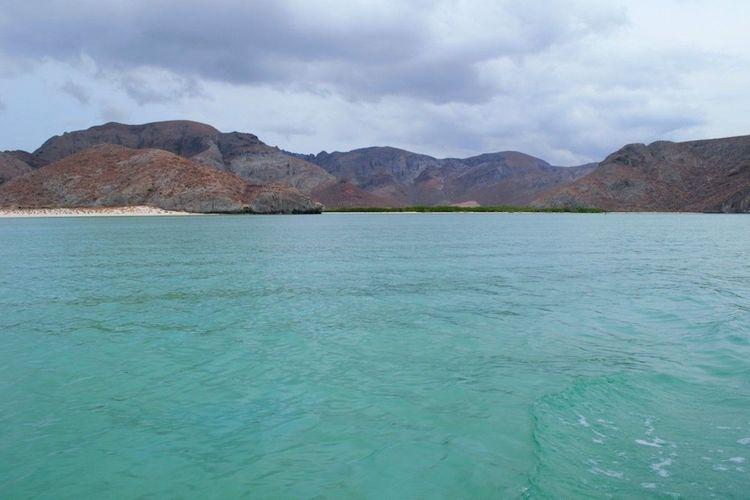
Photo: Alejandro Castro
He also pointed out that what happened is a consequence of the lack of inspection and surveillance, for which human, technical and economic resources are needed.
The accident caused the immediate closure of visitors, due to health risks, and has remained so until now.
However, the news did not go unnoticed by the environmental community of La Paz, because as a result of this mishap, at least three protests have been organized to demand answers from the authorities involved.
“If it could be prevented, it was no accident,” reads one of the banners at the demonstration on August 28, a week after the spill.
Through a video posted on its social networks on September 1, Conanp denied that the pollution had affected the fauna and even claimed that the water quality parameters were already optimal.
The Oceana organization, through a statement, asked the Federal Attorney for Environmental Protection (Profepa) to establish the corresponding sanctions in accordance with the General Law on Ecological Balance and Environmental Protection.
The future in a thread
The conservation of Balandra has behind it a historic process of struggle. In 2007, the Balandra Collective managed to bring together more than 18,000 citizens to request the protection of this site, which was traditionally the beach of the locals.
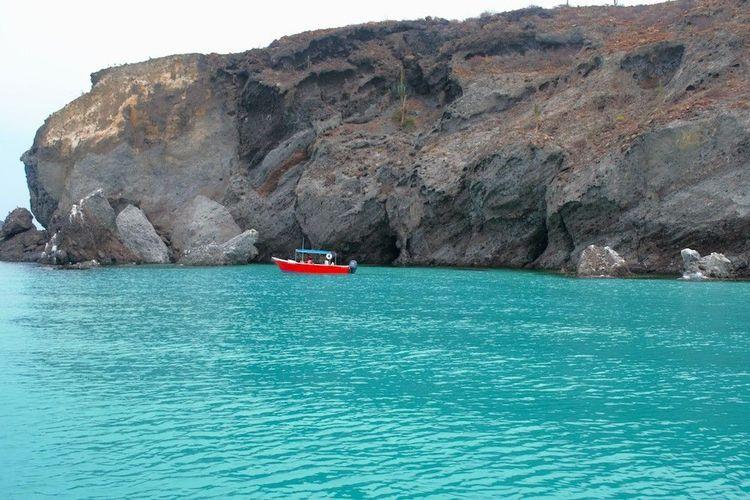
Photo: Alejandro Castro
This social movement led to the inclusion of Balandra in the Ramsar List of wetlands of international importance and marked the beginning of the process to return this to a federally protected area, according to the collective's website.
Nowadays, the main threats to the protected natural area are poaching and mass tourism, although real estate development attempts also keep environmentalists on the alert, said Maximimo Pérez, of the Community Observers Network (Roc), an organization that helps with monitoring and surveillance tasks.
Maritime cruise projects represent another alarm signal.
The operation of the protected area is outdated, civil society organizations agreed during the tour carried out on August 17, organized by the civil association La Mano del Mono.
An office, security booth, more trained personnel, work equipment, as well as land vehicles and boats are some of the priority needs, acknowledged director Dilia Meza Castro.
Combining all the needs, managing Balandra in an ideal way, without lack of personnel or equipment, would have an annual cost of 5.5 million pesos, according to an analysis carried out by La Mano del Mono. But currently it does not receive even 5% of those resources.
The organization is currently working on a strategy to make Balandra financially sustainable, by collecting an entrance fee from national and international tourists.
According to the proposed scenario, if each tourist pays 40 pesos and the carrying capacity is increased from 800 to 3 thousand per day (the limit set in the Management Program is 4 thousand 400 people). With this, Balandra would achieve an annual revenue of up to 12.9 million pesos per year.
For this purpose, we work on a website to buy access directly, with a debit or credit card, without having to stand in lines.
This, said Mauricio Martínez, director of La Mano del Mono, would help to have a constant flow of resources to ensure the operability of the area and, at the same time, provide a better experience for visitors.
'If Balandra is ours, let them let us pass'
“Balandra looks like a private beach, it ceased to belong to the people of La Paz a long time ago,” said Mariana Esquivel, 48, a resident of La Paz, when asked her opinion about the situation of the protected area.
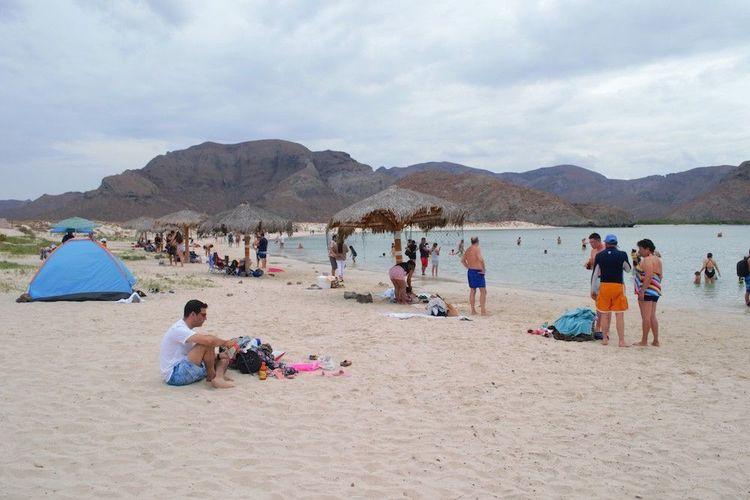 Photo: Alejandro Castro
Photo: Alejandro Castro
Among the interviewees, there was a degree of annoyance with the management of Balandra, since they agreed that it is not accessible to locals.
“We don't go anymore, we don't want to train for three hours, we'd better give it to El Saltito, they already left it to the gringos,” replied Manuel Estrada, 34, a merchant from downtown La Paz.
With regard to the collection of fees, both Esquivel and Estrada agreed that it is positive to impose a fee on foreign tourists, but not on locals who wish to enter.
“What they should do is give us transportation facilities to go, not restrict themselves anymore,” concluded Mariana Esquivel.
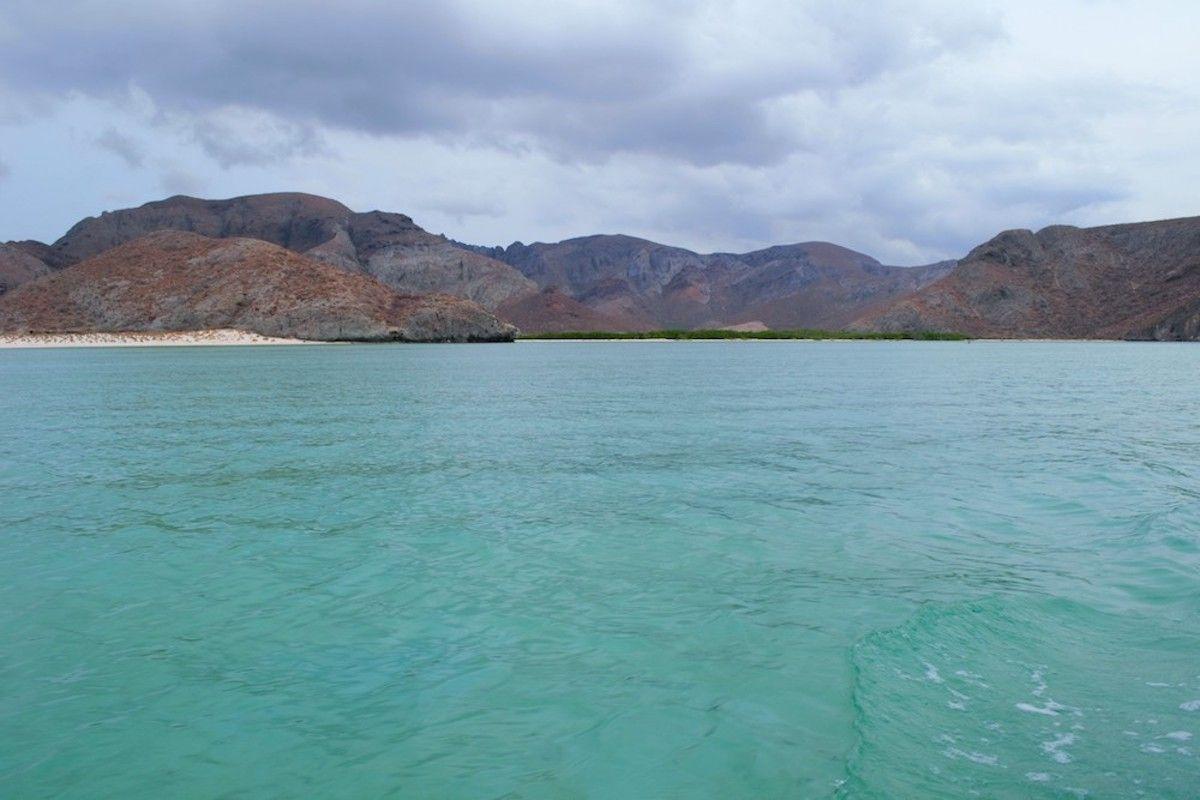


Comentarios (0)